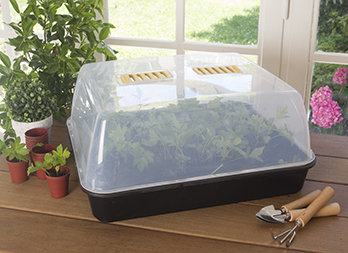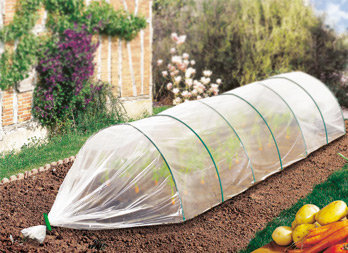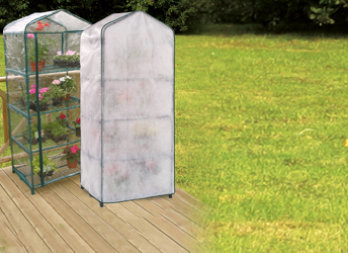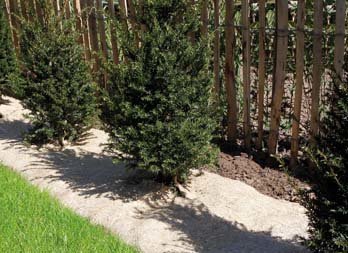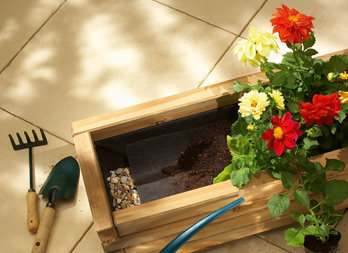Now, what should you put in your vegetable planters?
- Courgettes, tomatoes, aubergines and cucumbers can all be grown in vegetable planters as long as they are 30–40 cm deep.
- Focus on courgettes. The advantage of this crop is that it is impossible to go wrong, therefore making it ideal for beginner gardeners. You’ll discover a variety of colours and shapes as well as attractive flowers.
Garden centres sell young plants for those gardeners who like to see fast results. Place two plant containers in a basin with a few inches of water and soak for a few minutes before planting. Did you know that courgette flowers coated in batter make an excellent appetizer? We highly recommend you give them a try.
- Herbs such as thyme, rosemary, basil, and chives, as well as lettuces and radishes are suitable for planting in 20 cm-deep vegetable planters.
- The star balcony vegetable though is the cherry tomato thanks to its high yield and economic cost.
Transplant your tomato seedlings from around March/April time allowing a space of approximately 45cm in diameter around each plant. Favour a sunny spot and don't forget to tie the plants to stakes to encourage growth. When winter arrives, it is a good idea to protect plants from the cold using a non-woven winter crop cover. Beautiful clusters of yellow flowers should then blossom before you harvest your fruit.
To stave off vegetable garden diseases, consider planting companion plants alongside your vegetables such as lavender, mint, forget-me-nots (myosotis), or nasturtiums. It is useful to know that some varieties naturally protect one another such as tomato and basil, peppers and parsley, and dill and cucumber.
Choose your vegetables according to how much sunshine your balcony or patio receives:
For low sun exposure, i.e. 4–6 hours of sun per day:
- Lettuce (beware of snails and slugs): plant a range of different types of lettuce for variety.
- Garlic, onions, shallots.
- Radishes: water soil generously, space seeds 2–3 cm apart to encourage growth and 2cm beneath the soil's surface. You should obtain a nice quantity of vegetables within a few weeks.
For good sun exposure (south/south-west), i.e. 6 hours of sun per day:
- Peppers, chilis, tomatoes: tie to stakes and water sparingly.
- Aubergines: tie to stakes and water sparingly.
- Basil: water sparingly.
- Cucumbers: tie to stakes and water sparingly except foliage which must remain dry.


